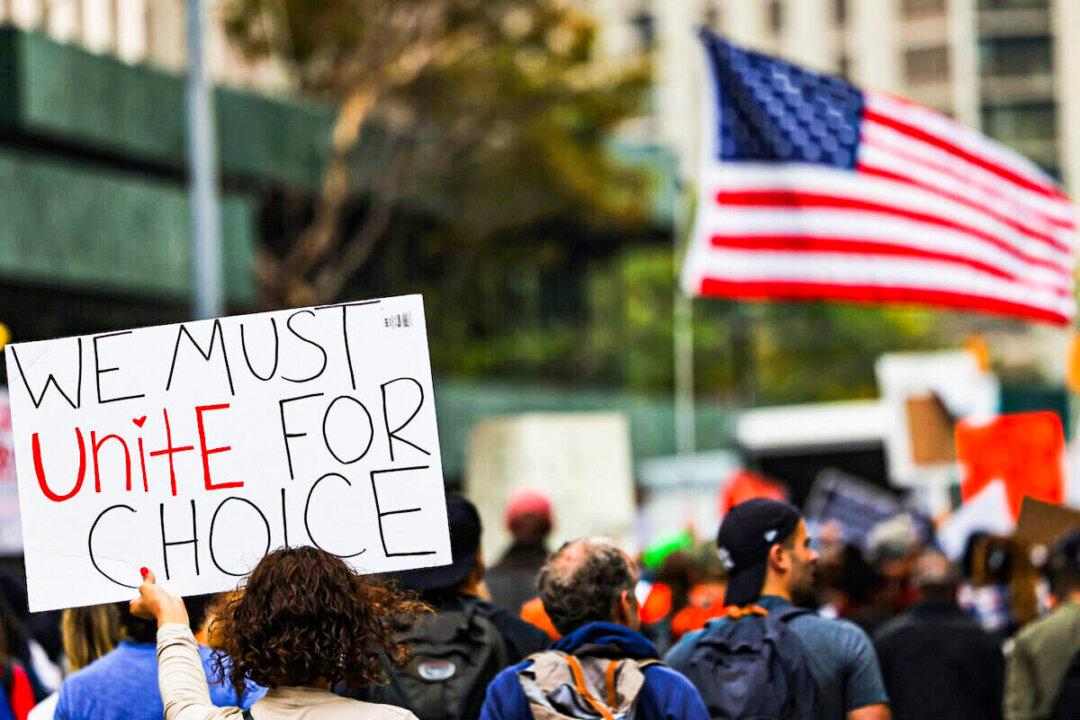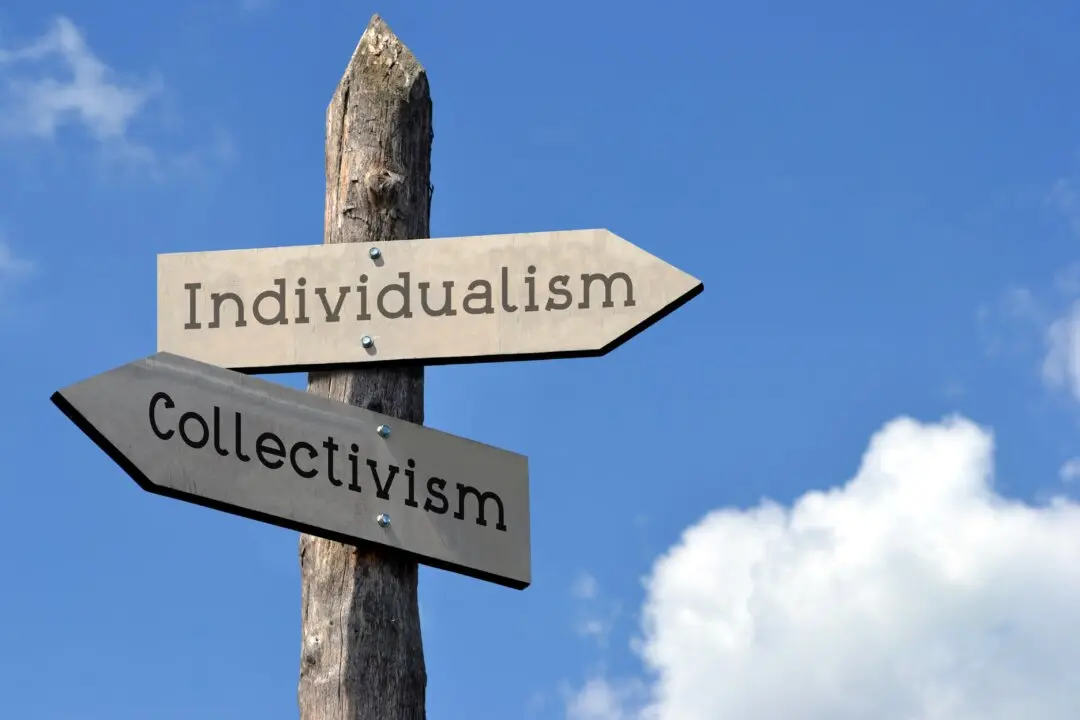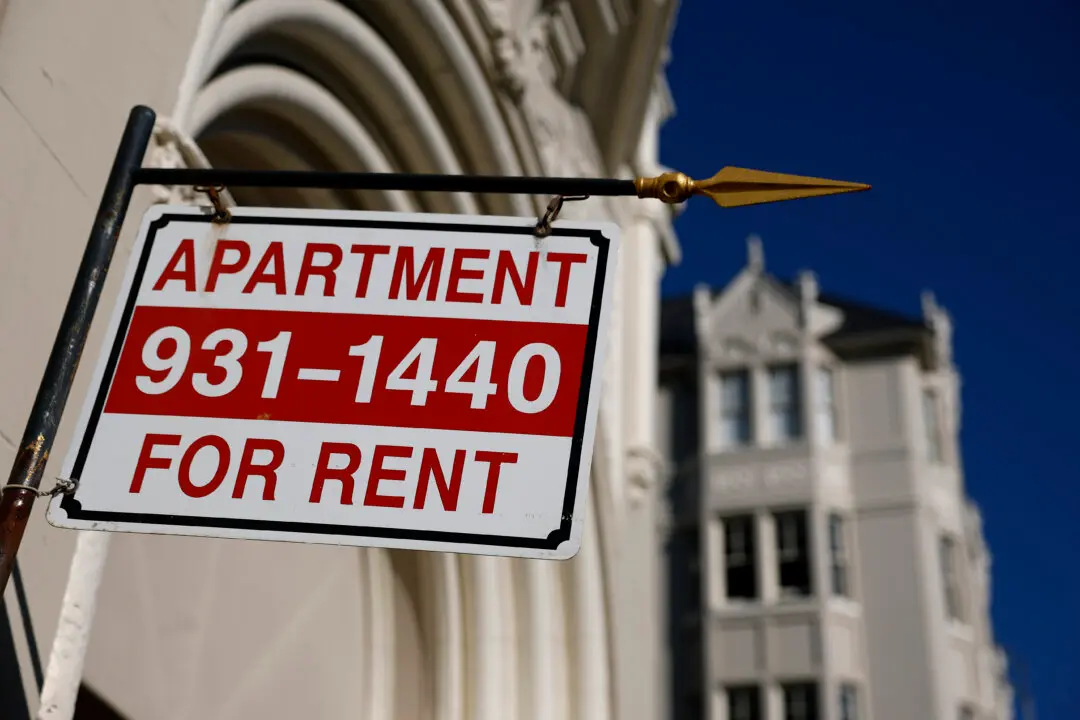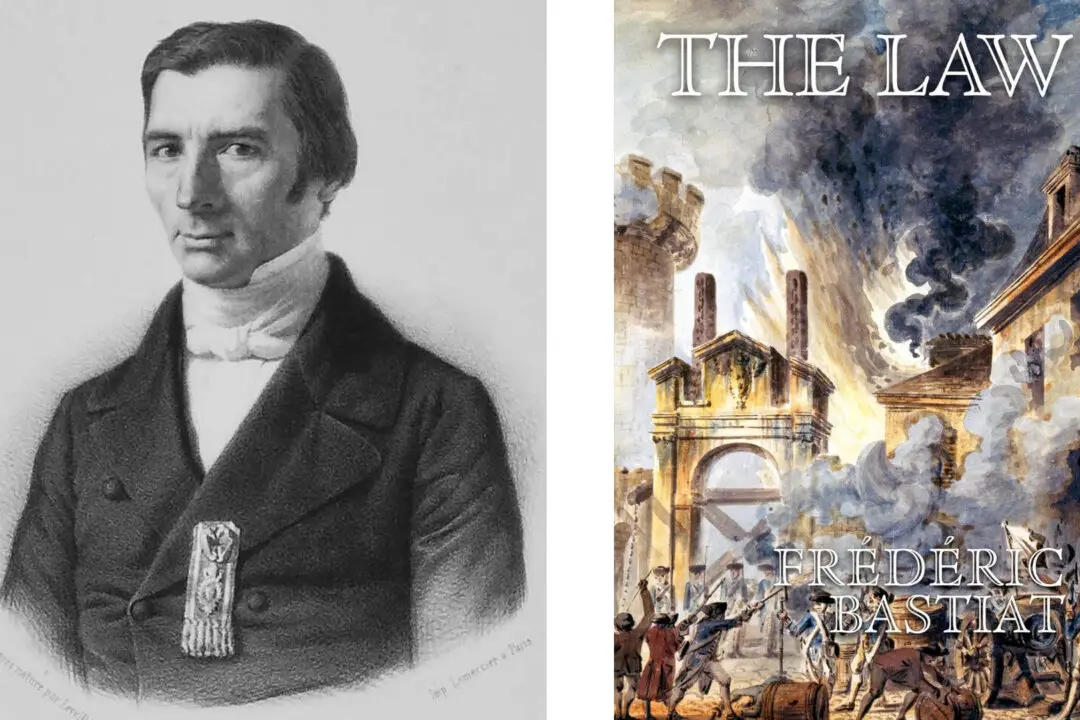Commentary
Three years ago, on Sept. 9, 2021, the Biden administration released an executive order on “Requiring Coronavirus Disease 2019 Vaccination for Federal Employees.” It pertained to all federal employees, including the military, and contractors as well. It was just the beginning. The Occupational Safety and Health Administration (OSHA) issued an edict that imposed the mandate on all businesses with more than 100 employees, plus health care and transportation workers.





